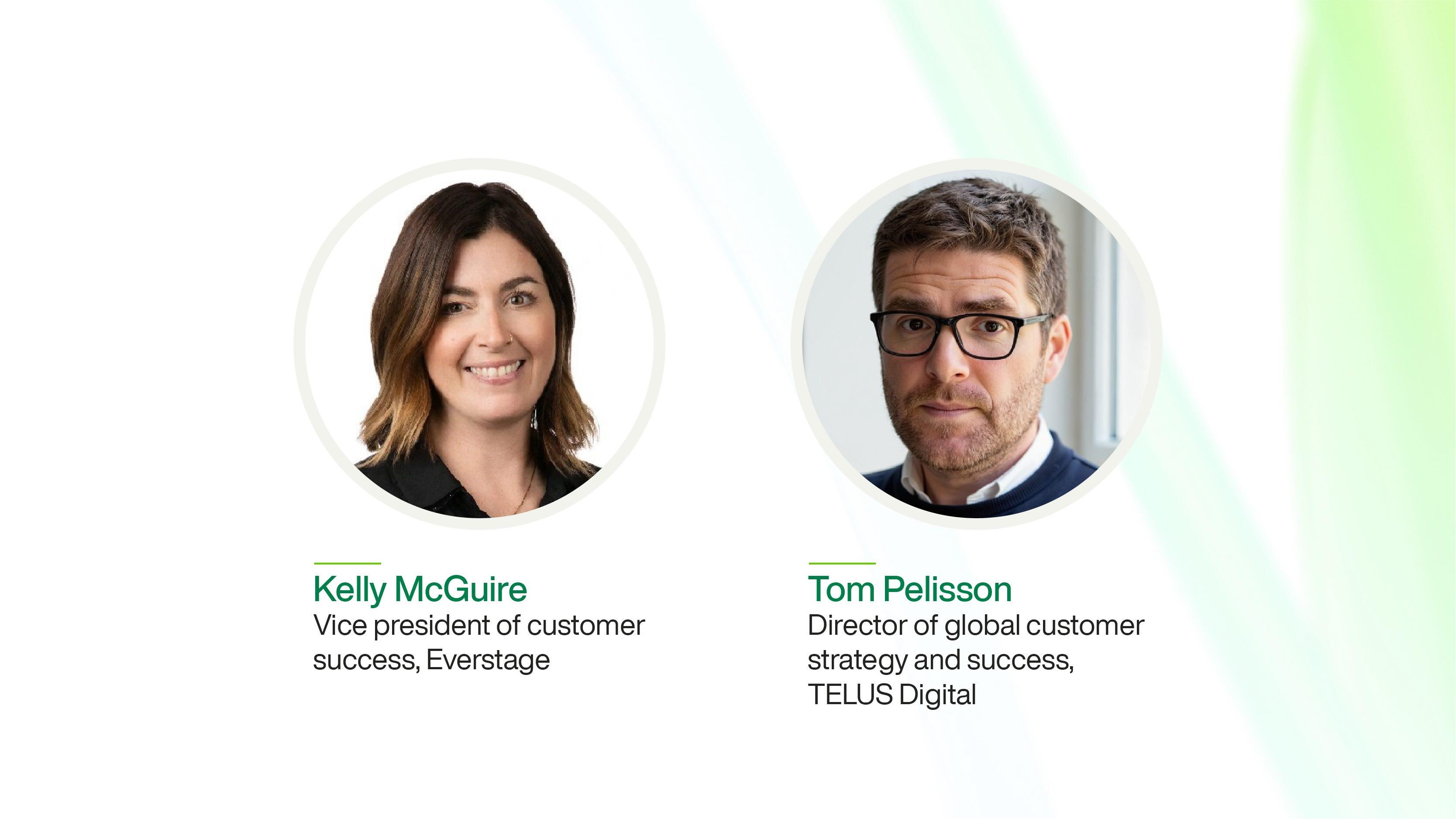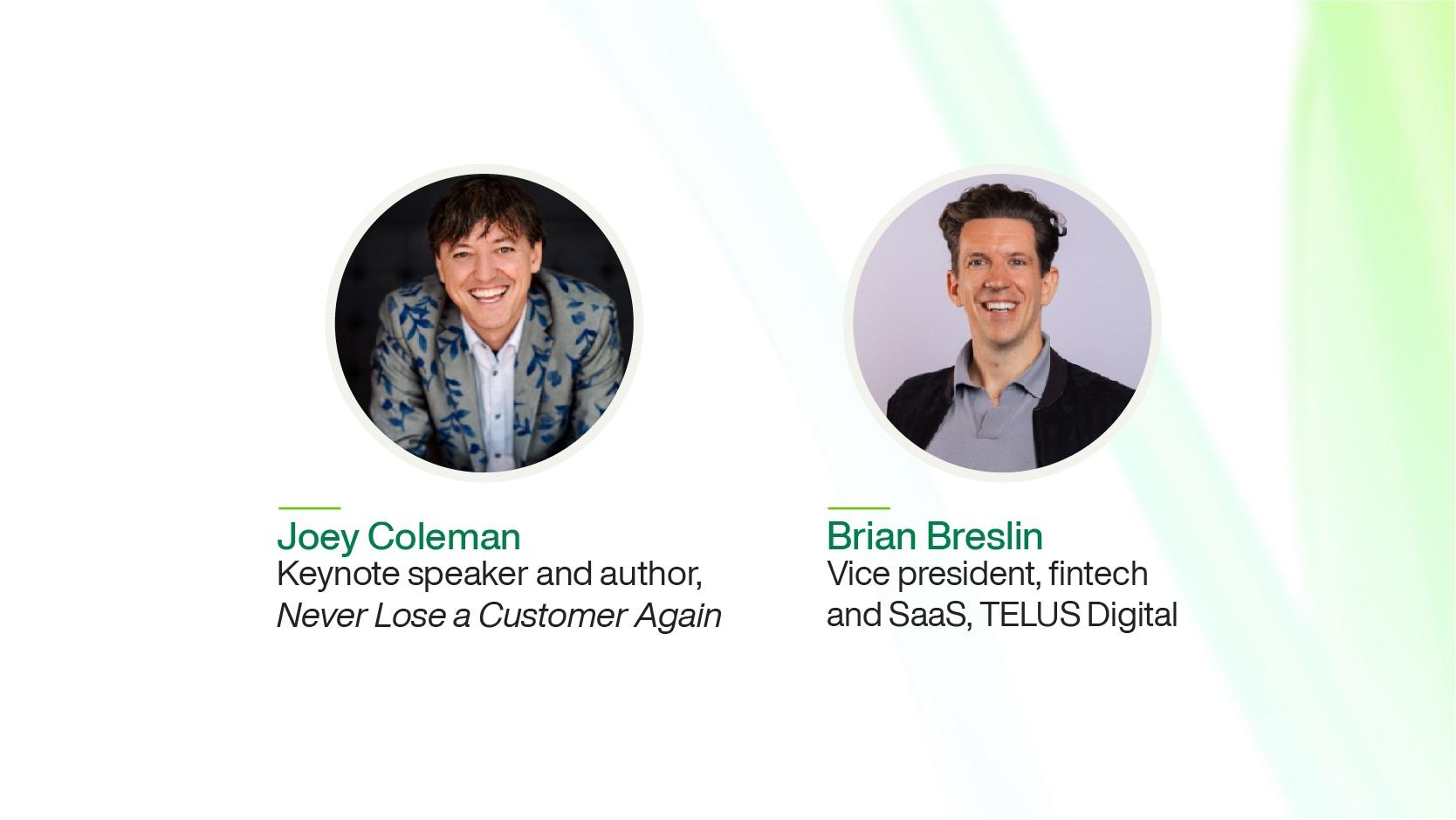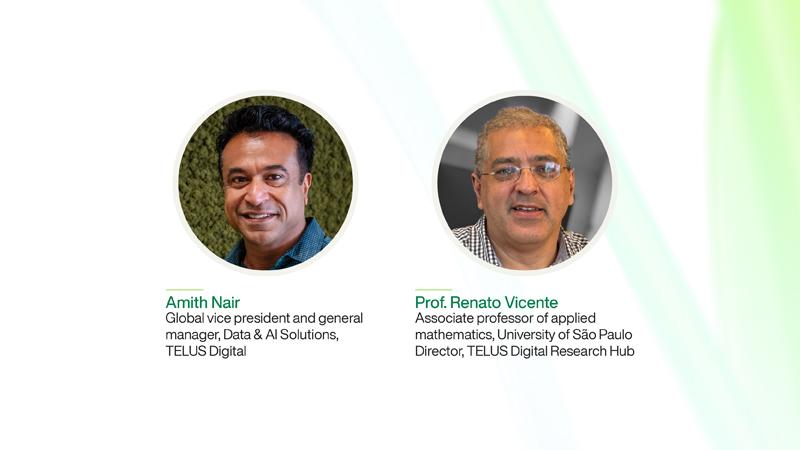Presenting: AI Unraveled — The Future of AI Safety Testing
We’re bringing you a recent release of AI Unraveled, a podcast exploring groundbreaking research, innovative applications and emerging technologies that are pushing the boundaries of AI.
On the episode, “The Future of AI Safety Testing,” Bret Kinsella, GM of Fuel iX™ at TELUS Digital, shared his expertise on game-changing approaches to AI safety testing and the critical importance of proactive security measures in enterprise AI deployment.
In conversation with host Etienne Noumen, Bret discusses the limitations of traditional red teaming methods for large language models, introduces the breakthrough technique that enables AI systems to test themselves and explores how enterprises in regulated industries can balance innovation with responsible AI governance.
Guests

GM of Fuel iX™ at TELUS Digital

Host of AI Unraveled
Explore recent episodes

Suggest a guest or topic
Get in touch with the Questions for now team to pitch a worthy guest or a topic you’d like to hear more about.
Email the show


